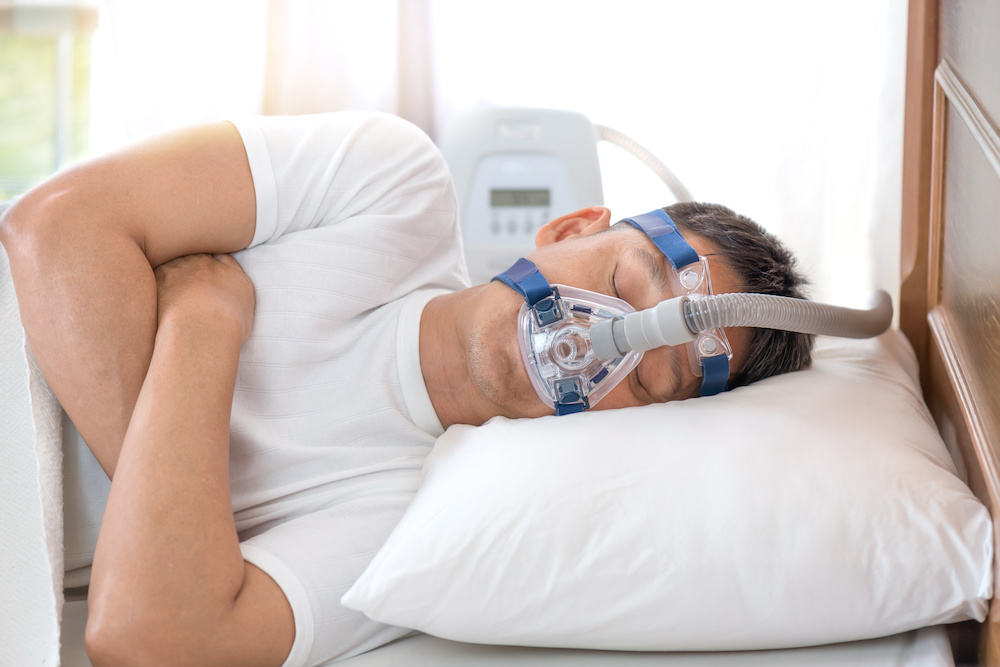
Sleep Apnea and Orthodontic Treatment
While the practice of orthodontics focuses on the teeth and jaw, it will inevitably affect other aspects of health and wellness as well. One aspect of health that is increasingly being linked to orthodontics is sleep, particularly the condition known as sleep apnea. And though recent findings uncovered a complex relationship between orthodontics and sleep apnea, this association merits further exploration by researchers. It’s also important for patients and prospective patients to understand how sleep apnea and orthodontic treatment relate to each other.
What Is Sleep Apnea?
There are three types of sleep apnea, but the type of sleep apnea where orthodontics is concerned is called obstructive sleep apnea (OSA). This form of sleep apnea is caused by abnormalities in the oropharynx, the soft tissue in the upper airway, which causes it to collapse during sleep. When this happens, the supply of oxygen is effectively blocked, preventing the person with the condition from getting enough oxygen during sleep.
Understandably, this creates complications for those who suffer from the condition. Between the restricted air supply and sleep interruption, patients with OSA experience fatigue, reduced cognitive functioning, and increased chances of stroke and cardiovascular problems. Children with OSA often experience bedwetting and are more likely to have behavioral issues.
Sleep Apnea and Orthodontic Treatment
If you know anything about early orthodontics , it would seem to make sense to look into treatments like palatal expansion to mitigate the effects of OSA. However, studies have revealed that these kinds of dentofacial orthodontic treatments are ineffective against OSA. While these findings may suggest an absence of a relationship between orthodontics and sleep apnea, there is still plenty of overlap between orthodontic patients and sleep apnea patients.
Having your child examined for early orthodontics is always recommended since there are plenty of ways kids can benefit from early intervention. But another reason to consult an orthodontist early on is that your orthodontist can help identify risk factors of sleep apnea. While orthodontists aren’t equipped to officially diagnose OSA, they can play an important part in the diagnostic process.
When a diagnosis is officially made, orthodontists are important collaborators with physicians, since some common forms of treatment for OSA involve the use of mouthpieces, which can affect the positioning of the teeth. Orthodontists can also provide the necessary appliances to keep the lower jaw at an optimal position for smoother airflow in tandem with other treatments for OSA.
Orthodontics and Surgical Treatment
Orthodontics also plays a major role in one of the most aggressive treatments of OSA: maxillomandibular advancement (MMA). This surgical procedure is sometimes prescribed for OSA patients who can’t tolerate a CPAP or mouthpiece and has been found to be effective for many patients. Since MMA involves altering the positioning of the jaw, orthodontic treatment is often required to correct a resulting misalignment, effectively acting as a final step of the procedure.
Given the significant relationship between orthodontics and sleep apnea, it’s important to consult your orthodontist in addition to other medical professionals if you are concerned you or your kids may have sleep apnea. Contact Milnor Orthodontics today to learn more and to schedule a free consultation.
At Milnor Orthodontics, our experts are here to help you achieve a priceless smile. Call our office at (970) 484-3214 or visit milnororthodontics.com to learn more. We're located at 1103 S. Shields St. in Fort Collins, Colorado.







